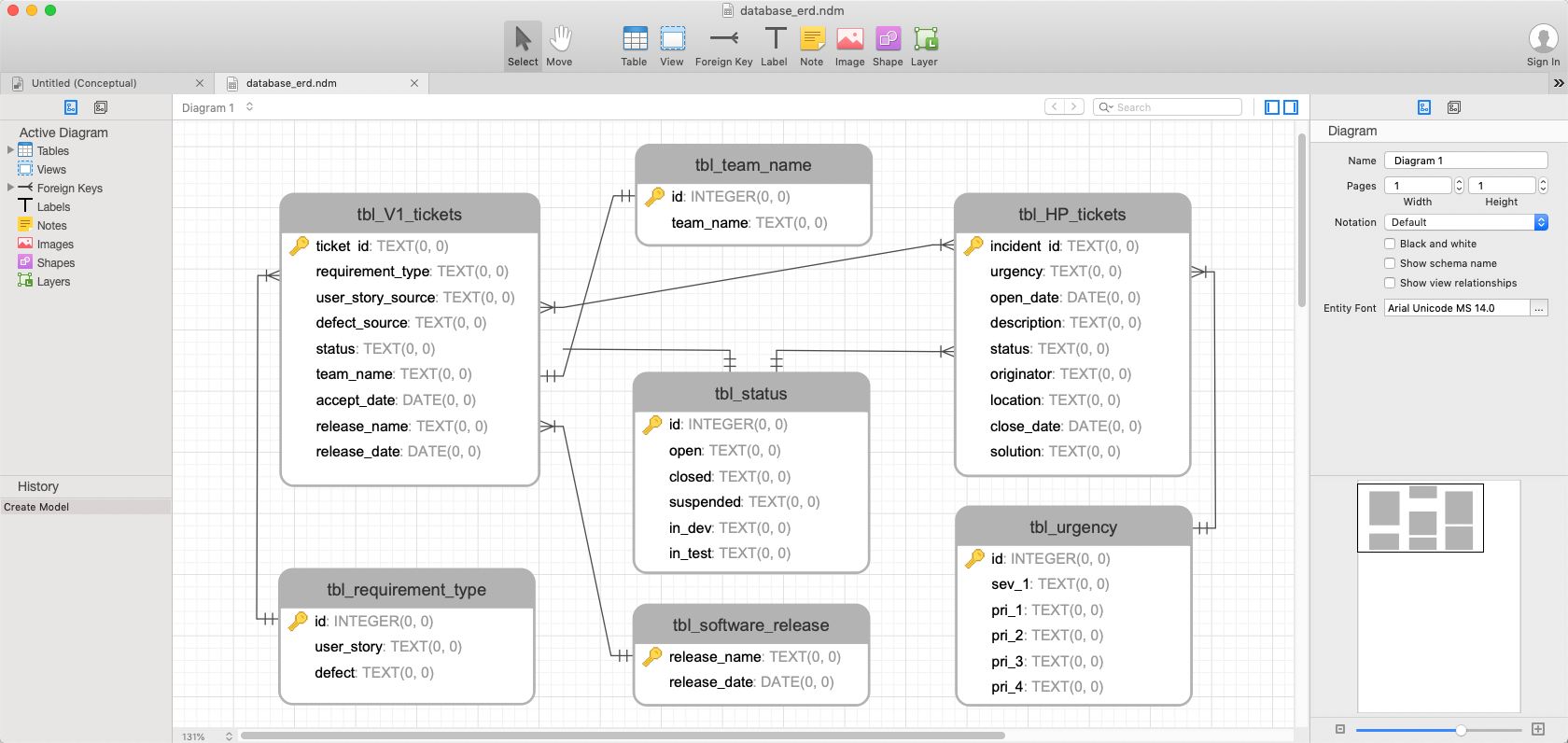

dump, the format of the export is different to that of DB Browser for SQLite. I would appreciate it if someone could take a look at that comment and reproduce what i'm seeing.Īside: When using SQLite. Regardless of what binary data I place in a BLOB, shouldn't exporting that to raw SQL and then importing it again recreate the same DB? This seems like a bug to me, but I might not be understanding some part of the process. While I appreciate my implementation could be different or explained more, I would like to focus on my example that just concerns DB Browser for SQLite here #1797 (comment). In c# when you create an object of type byte, then the API generates a relevant command that uses BLOB. You can see above that the example specifies BLOB. INSERT INTO "TestData" ("ID","TestField") VALUES (1,'����this\is\some\url.webp') Its easy to populate comboboxes with data from mixed tables (so the ID from one table and the data (lookup value) from another) and get what ID the user selected (so no extra database lookups).
#Db browser for sqlite save blob update#
If I have to update a bunch of records, I can wrap that in a transaction, so it happens quickly.ĭevelopment-wise, its quite easy to populate a grid manually (I don't tend to bind controls to datasets, etc). I work on a record at the class level (so just update fields) then when I tell the class to 'save', that creates the necessary one line SQL update statement. I can either get back one record or a multiple, then update those individual records (as they're all classes) as required, then update whichever ones I need. I've found using my own class gives me more control over the database. We didn't have that many updates during 'live' use, but happened a lot during application testing during development. So the application would see what version of the database was in use, see what version it should be, then find the necessary statements to run to get it to the next level. In the end, we used a separate 'upgrades.db' database rather than using the main database, but the concept was the same.
#Db browser for sqlite save blob upgrade#
What we used in a previous project was a setting in the database holding the current version, then a table holding the SQL commands necessary to upgrade the database as needed. I'm also looking for a simple way to offer up diffs to take a db from one version to another I am using version 3.11.1 of the browser and using the following export settings I can try to provide a repro project should it be useful.

Please can someone tell me if there is any documentations pointing to how blob types are exported to SQL statements and their format? Any additional information on re-creating a database in this manner would be appreciated.Īs an example I have this entry from the original DB Īfter recreating the DB via SQL statements, the same entry looks like this

I was thinking this might be a format issue with how I'm reading the exported SQL file. Upon investigating, I see that most of the blob type entry's are different in my 'raw SQL' created DB. I'm unable to create a database with a matching hash. I then loaded the file and ran each statement through the C# interfaces. For this I loaded a fully serialized database in 'DB Browser for SQLite' and exported it via Database to SQL file. I wanted to see how fast I could get the system to work by recreating the database using raw SQL statements. Serializing the whole database when marshaling between C# land and SQL is quite slow. I create a database using C# with, from a dataset. First a brief description about what I'm trying to achieve apologies for being vague in places as this a a project for my employer. I have a question with how blob types are serialized when exporting via the Database to SQL file.


 0 kommentar(er)
0 kommentar(er)
